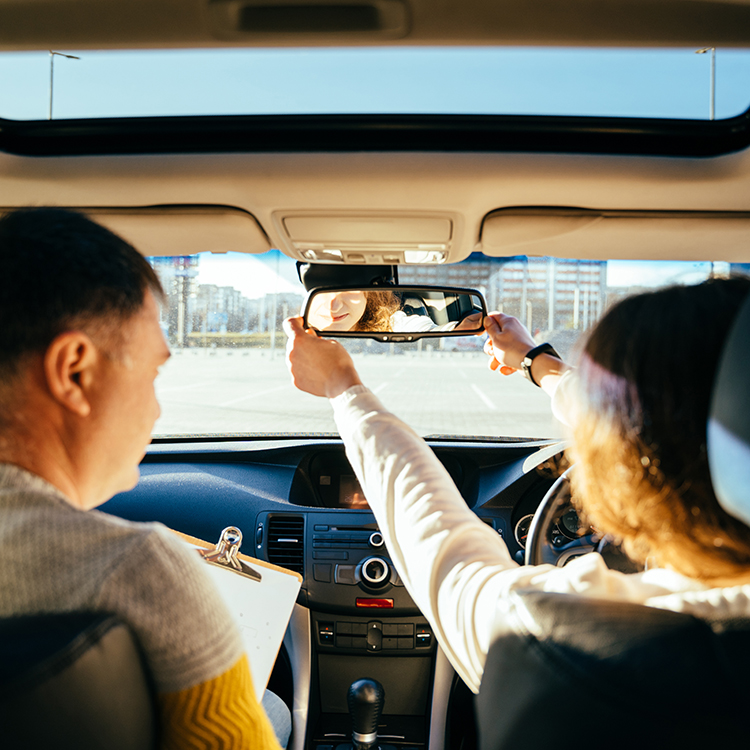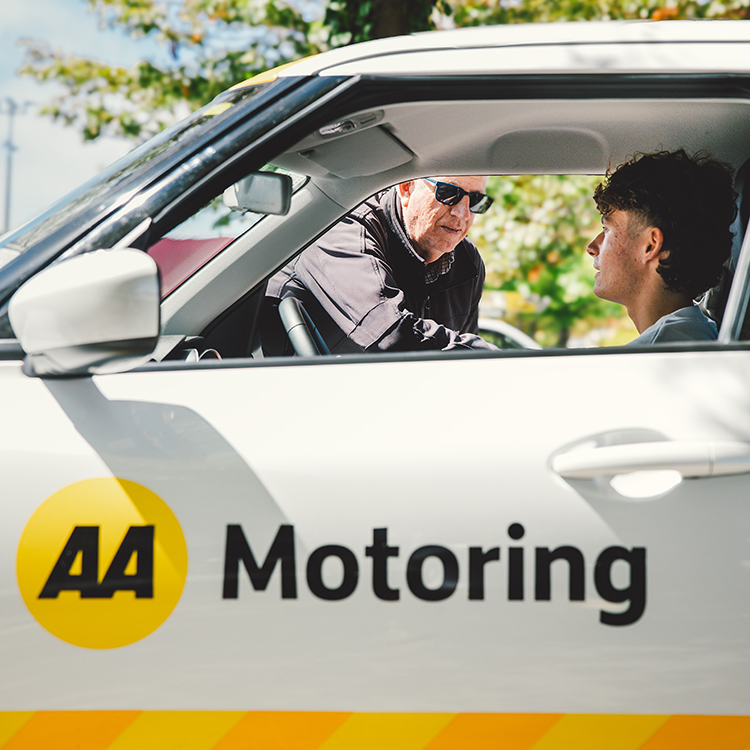
Road rules: when do you need to give way?
Generally, we have to give way to traffic on our right. Here are three separate give way scenarios to test your knowledge of road rules.

The Government is proposing some significant changes to New Zealand's Graduated Driver Licensing System. What does the AA think?
Getting a driver licence is a rite of passage that offers mobility and independence, opens doors to work, education and recreation, and helps people connect. But New Zealanders’ eagerness to get behind the wheel also comes at a cost – one of the highest rates of road death in the developed world.
This year the Government proposed the first significant changes to the licensing system since 2011, aiming to make the system “more accessible, efficient and affordable,” according to Transport Minister Chris Bishop.

Currently, to progress though the Graduated Driver Licensing System (GDLS) learners need to pass through three stages:
The biggest proposed change to this system is the removal of the full licence test. Instead, restricted drivers would automatically gain their full licence after a period without committing any driving offences. This would remove the $98.90 cost to book and sit a full licence test; it currently costs a minimum of $362.50 to progress though the GDLS.
Several other proposed changes also aim to promote safer behaviour by increasing consequences for breaking the rules on a learner or restricted licence. These include a zero-alcohol limit until a full licence is obtained, halving the demerit points needed to have a licence suspended and extending the restricted licence period if a driver is caught offending.

Another proposed change is a reduction in the number of eye tests required.
AA road safety spokesman Dylan Thomsen says there is merit in several of the proposed policies, particularly those focused on creating better prepared and safer drivers, but they don’t go far enough.
New Zealand has one of the highest rates of road fatalities in the developed world and Dylan says lives could be saved by changing the way we train drivers.
“Tragically, it is younger people who are most likely to die on the roads; 16 to 24-year-olds have a 50% higher fatality rate than those aged 25 and above. There is an opportunity here to lift the standard of driving which over time could help reduce these appalling figures.”
Eighteen to 24-year-olds In New Zealand are nearly three times more likely to die on the roads than those in Australia.
There's good news for those living in remote parts of New Zealand: more mobile driver licensing units are available to make accessing critical services easier.
For many years the AA has operated mobile driver licensing units, covering regions from Kaitaia to Taupō (Northern), Taupō to Wellington (Central) and the South Island (Southern). With growing demand and pressure on the Northern unit, a new unit serving the area from Whangārei to Auckland has been introduced.
These four units are operated by AA employees. Additional units are managed through Rural Education Activities Programmes (REAPs) in the Far North and in the Eastern Bay of Plenty, bringing the total number of mobile licensing services to six.
Mobile units deliver scheduled services in towns such as Te Anau, Akaroa and on Great Barrier Island, support the prison licensing service which ensures inmates nearing release have current licences, and are also available for special group events, including theory testing arranged by an organizations for groups of learner drivers.
Sheelah Ranson, AA Manager of Government Contracts says the new unit, based in Whangārei, will initially focus on special group events across the wider North/West Auckland and Whangārei regions.
“We’re excited about this new development and look forward to seeing the positive impact it will have,” she says.
Anyone keen to learn more about the units’ availability can contact the Government Identity team at AAGovSupport@aa.co.nz

The AA believes three key amendments need to be added to the Government’s proposed changes:
These measures were identified by a recent AA Research Foundation study as being used in many other countries and having strong evidence of reducing crash rates.
New Zealand is one of the only countries that requires a second driving test to achieve a full licence, however the AA notes other countries impose tougher restrictions on their novice drivers.
If the full licence test was to be removed, a focus on building competency in other parts of the system would be needed.
The AA is supportive of the proposal to introduce a zero-alcohol limit for all novice drivers, as well as tighter rules to encourage restricted drivers to keep a clean driving record, Dylan says.
“Alcohol plays a significant part in deaths and serious injuries on our roads, so a zero-alcohol limit during the earlier licensing stages is a no-brainer.
“Breaking basic road rules reflects a culture where learning to drive isn’t being treated with the seriousness it should be, so we’re also supportive of a lower demerit threshold and extending the licence period for law breakers.”
It has been 14 years since substantial changes were made to the licencing system. This is a rare chance to change New Zealand’s driving culture by adjusting the licensing system to produce safer drivers that are better prepared for the road, Dylan says.
This story is from the Winter 2025 issue of AA Directions magazine.